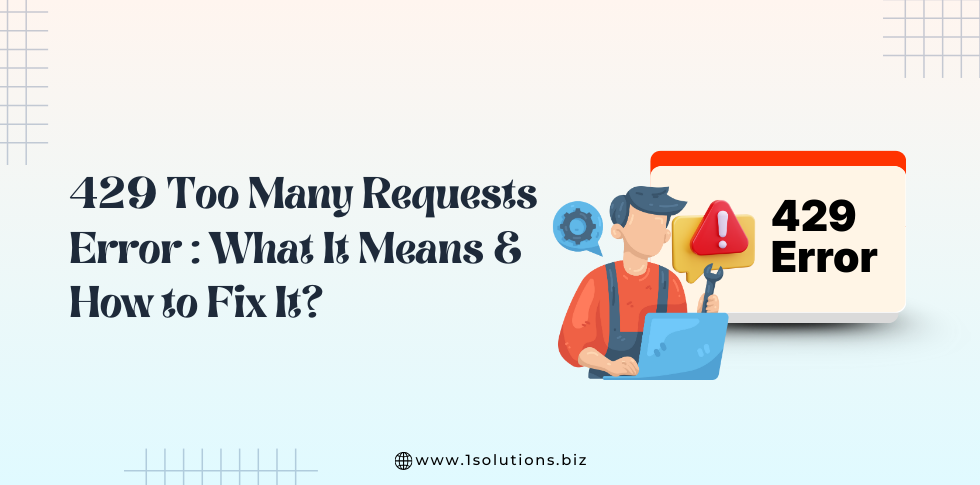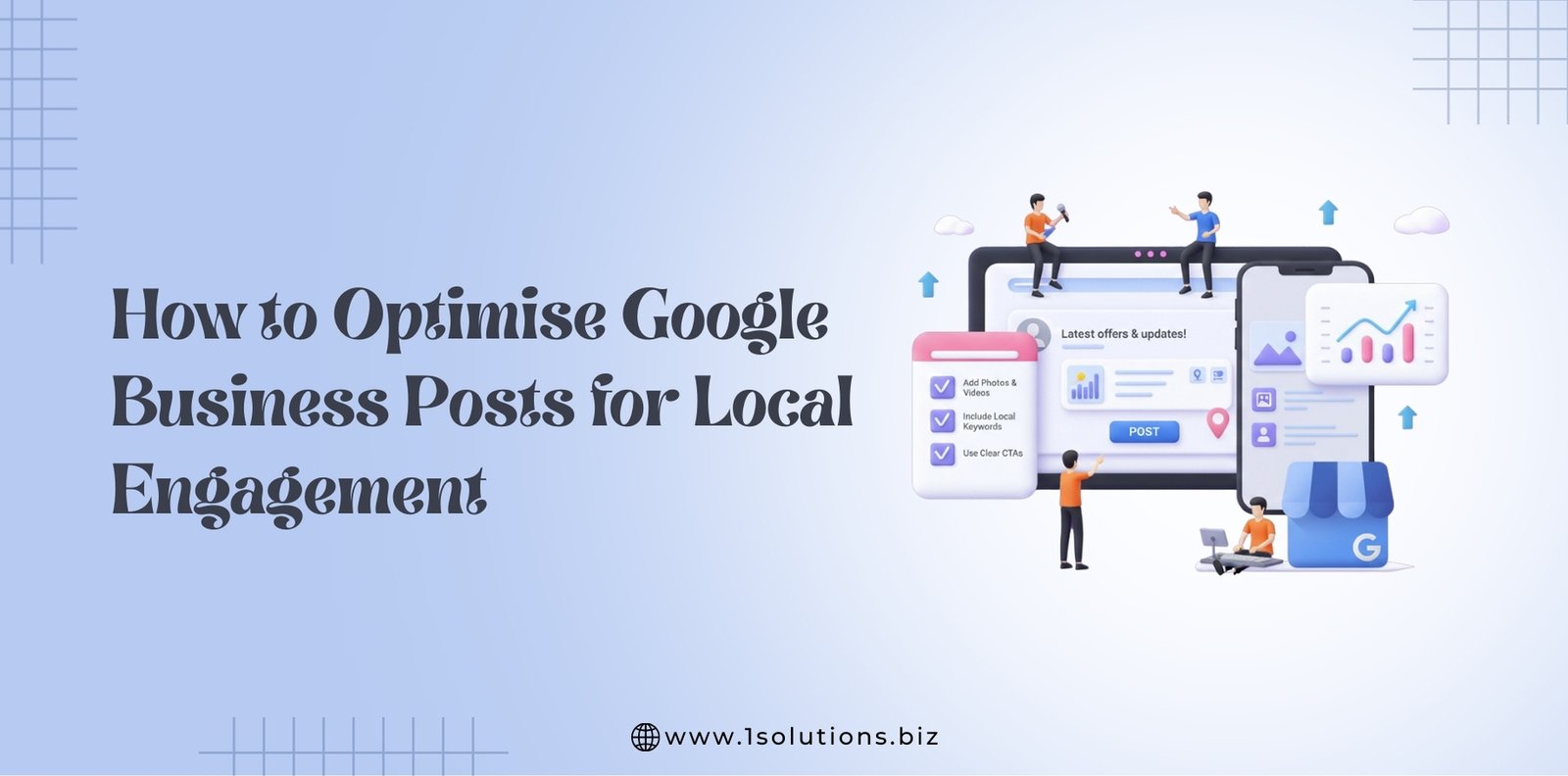The two most reliable eCommerce platforms in the world, selected by hundreds of thousands of users, are undoubtedly Magento 2 and Shopify. Medium-size businesses do not know which one of these two platforms is appropriate for newcomers who are small or medium-sized.
We will provide you with detailed comparisons between all aspects of Magento 2 and Shopify in this article. So, let’s move on to the Shopify vs Magento comparison battle. Knowing what the differences are in the characteristics, pros, and cons of these two platforms, and ultimately helping you to understand which one is right for your company.
Shopify Expenses

We recommend our customers to use a $79/month Shopify plan or $299/month Advanced plan from our experience, with stores that sell basic items usually fashion and cosmetic & beauty products. It depends on the extent of their inventory and the number of employees needed.
Shopify is a hosted site, so you do not have to worry much about issues with hosting, speed, and maintenance.
A domain will cost you from a few bucks to a few hundred dollars a year, but you typically need to pay $10 to $30 per year for the domain. To make your store look better, you would need a theme.
The overall cost is very low, from $400 to $3600. All of this can be done by yourself, with not a single line of code required. Shopify offers you a simple yet lovely online eCommerce store. You can also hire a Shopify development company at a nominal cost to assist you.
Magento Expenses

Magento is recommended for consumers who have several stores or brands, who sell more complex items, who want to enhance the customer experience, or who have a large inventory and want to have better control of it. Magento’s Open Source Version is free to download and use.
Meanwhile, it costs you more for the Magento Commerce version and Commerce Cloud and the license fee depends on your annual profits.
Magento is a website that is self-hosted, so you have to pay for a hosting server. The cost of hosting depends on how many products you have and how many visitors come to your website on a daily basis, which causes the cost to vary. The cost of hosting can be as cheap as 15 dollars a month. For a medium-sized business, we would say that the cost of hosting can be estimated at around $200-300 per month.
Domain costs are the same for both Magento and Shopify. Magento requires you to install and build the store. Not as user-friendly as Shopify, at least at the medium grade, you need development skills and knowledge. Whether you have skills and knowledge to develop or your business has its development team is still good, there are no costs. However, if you don’t, then you will need help from outside.
Avoid individual developers in the event that you need to outsource Magento developers. Hire Indian Magento company, get the job done with the same quality, and the fee can sometimes be ten times cheaper than US or EU agencies.
Core Functionality

You can tell anyone who logs into both Shopify and Magento that Magento has richer core features than Shopify.
Magento is more complicated than Shopify, and it is much more suited to store distributors or companies with complex product management requirements. The strengths of the Magento platform are promotions, consumer segmentation, merchandising, and especially attribute management.
Shopify, on the other hand, also gets discounts, customer management, and selection, but Shopify is built to be the best match for stores selling basic items. So, compared to the corresponding functions in Magento, even the functions available on Shopify are still small. This is why it is fair to assume that Magento comes out of the box better.
Shopify offers two kinds of goods with regard to product type: basic products and configurable products that can accommodate regular product sellers. Fashion shops or art stores, for instance, offer basic items. To help customers select the product size or color, this kind of store only needs a few configurations for the products.
Six types of products are offered by Magento: basic products, configurable products, community products, packaged products, downloadable products, and virtual products. More product choice means more freedom in the environment from uncertainty.
Magento is more comprehensive in terms of inventory control and order management. With superior attribute management, Magento has more flexible solutions. In contrast, Shopify’s tag and meta area have no chance of challenging them.
Often when we work for eCommerce website development, we have to deal with customers who decide to use which platform to create their websites based on some comparison charts from Shopify vs. Magento, not on which one is the most appropriate for their company.
B2B Functionality

A Commerce edition with some highlighted B2B features has been released by Magento to help wholesalers who are preparing to build online stores. To have these features on your commerce website, you need to install B2B modules:
- B2B Quote
- Shared Catalog
- Quick Order
- Company Account
- Requisition Lists
- Purchase Orders
Within the B2B Ecommerce Suite, Magento is one of the largest market leaders. Magento is used by many major brands to sharpen their business, such as ASUS, HP, BAUHAUS, and so on. You can take a look at some prosperous companies that have been hitting amazing growth with B2B Commerce: 10 B2B eCommerce case studies to inspire you.
Shopify Plus, meanwhile, is an advanced version that helps the wholesale business through an online self-service service. This e-commerce platform promises to bring attractive B2B characteristics to users, such as:
- Wholesale pricing
- Wholesalers sign-up
- Purchase amount limits
- Order management
Shopify Plus lacks some essential B2B features compared to Magento Commerce, which each store may need to improve the shopping experience: Quick Order and Quote System. Until now, it was more appropriate for B2C than for B2B business. Shopify developers, however, are trying their best to make improvements to the wholesale market: more B2B features with B2B2C multi-channel support.
Multi-Store Management

Compared with other platforms, multi-store management is a major key selling point of Magento 2. I’m talking about various online shops, different suppliers, different warehouses, different products, not just multiple domains for one store.
Shopify is not appropriate for the management of multi-stores or multi-brands, but they still have the ability to set up multi-stores.
You can’t run your stores with a single GUI, however. You need to build a new account, purchase a package for that new account, pay for all the Shopify apps again as well. You have to repeat all the settings and product lists after that. Such lists are divided in Shopify, with each store having its own list of items.
The more websites you have stored on the Shopify platform, the more account you have to build, the more you have to pay, the more interface you get to work, the more confused you feel about handling.
In Magento 2, you can share the product catalog through your blogs, shops, and views of the shop. The product attribute can be described from ‘global’ down to ‘store view’ at different levels.
So it’s easy for you to have one product on many websites, but for instance, each site comes with its particular price.
In addition, Magento helps you to handle multi-brands, multi-stores, all in just one Magento interface, with no extra costs other than hosting.
Themes, Integrations, Extensions, And Apps

This is a draw between Shopify and Magento because they both have well-established third-party marketplaces to build themes & templates and develop their extensions and applications.
These platforms offer a wide range of themes and templates that allow you to change your store’s look and feel. Topics can be free or charged. The highest priority here is to find the theme that gets a rational look and suits your company. Themes are simple to install and change. However, Shopify themes are proprietary, so not so much deep tweaking is permitted.
On Magento 2, you can still customize themes completely and build your own branding store. A good Shopify theme takes around $140 to $160. On average, Magento themes are rather cheaper. A gorgeous one could cost you less than $100.
There are over 2500 applications in the Shopify app store. The Magento marketplace, meanwhile, has over 2100 Magento 2 extensions. Extensions and apps may be grouped, for example, into categories such as marketing, sales, SEO, accounting, or reporting. It is easy to install plugins and applications and there is no need for a single line of code to do it.
With only a few taps, it’s an easy way for your store to have better features and more advanced resources.
Please notice that payments for applications at the Shopify store must be charged once a month. Around 90 percent of the Magento marketplace’s paid extensions are paid annually.
In the e-commerce industry, Shopify and Magento 2 are two mainstream platforms. They have been integrated with several common systems from third parties, such as ERPs, shipping services, payment gateways. With both platforms, much of the integration can be done.
You should remember to select a responsive theme. With desktops and laptops, users can only go shopping when they sit with their computers in this mobile e-commerce age, but mobile users can do it at any time, and anywhere. If your store fails to mobilize, you’re going to lose a huge number of potential smartphone shoppers.
Payment

For any e-commerce site, the payment gateway option is a key factor. The more gateway choices you provide, the more options consumers will select.
In this payment segment, Shopify takes the lead over Magento. It provides the consumer with over 70 built-in payment gateway options. Depending on the package you subscribe to, shop charges from 0.5 percent to 2 percent when your customers use external payment gateways to pay. Shopify Purchases made by Shopify are included, and no transaction fees are paid if your clients pay for it.
Open source Magento only offers a few built-in payment gateway solutions, such as Paypal or Braintree. There are more additional built-in Payment Gateways in the Commerce version, but Shopify options still outnumber them. The alternative is to use third-party plugins, some of which are free, but some aren’t.
You can also read: Top 12 Payment Gateway for Your Online Store
SEO

SEO for eCommerce stores is very critical that’s why more and more businesses are investing heavily in SEO marketing.
Shopify has built-in instruments and SEO extensions from the SEO viewpoint. “It can also offer a solid range of SEO options such as editing meta tags, customizable title, or auto-generate sitemap.xml.
But, due to its hosted existence, Shopify still has its limit in SEO. Shopify default features can not do stuff such as URL layout and hierarchy, configurations at the server level, or other “deeper” SEO techniques.
On the other side, Magento 2, with an SEO viewpoint, has more versatility. Since it’s self-hosted, and Magento is also an open-source platform that helps you to dig deep into the framework of your website.
That makes Magento 2 a highly SEO-optimized platform with plenty of SEO features. Meta tags, image optimization, canonical tags, robot.txt file editing, URL, for instance. It is possible to customize your store and tweak its design and SEO strategy for the best results.
Support & Community

Client support from Magento can not match Shopify’s. By providing 24/7 support via phone, live chat, and email, Shopify does an excellent job. Shopify helps often gives you the answer right away. Meanwhile, there is no 24/7 phone support for Magento, and even other support options charge a fee. The recommendation for Magento 2 users is to get help from the Magento 2 community, which is so big and busy. Almost every Magento-related question they already answer.
Hundreds of thousands of live websites are powered by both platforms and have two massive communities growing next to them. Having a large and active community gives a huge advantage to the users themselves. The truth is, a significant number of extensions and apps are made by the community. Whether you’re a Shopify user or a Magento 2 user, somewhere in the community, you can easily find many experienced and skilled people who can provide you with some customized solutions or answer your questions about the platform.
Conclusion
Shopify and Magento have their pros and cons for both platforms but it’s always up to your preference to choose the better one between Shopify vs. Magento. For instance, your strategic plan, what your brand is, resources, and company size. Both Shopify and Magento are ideal for you for small-size to middle-size companies.
Shopify is super-friendly and quick to use, so only 1 or 2 storefronts, a medium-size product list, and no tech team or expert if you have regular products. The best alternative for you is Shopify. For the majority of small to middle enterprises, the monthly expense for Shopify & Paid Add-on is appropriate.
If you have a large amount of SKU with complicated goods, multi-store or multi-brand, we will suggest the Free Magento Open Source to use. It is free to use but still very robust. While it can be challenging to get used to, along with complete control over your website, Magento will give you unlimited customization possibilities. For any fully fledge eCommerce company, Magento makes it a great option.
































 in India
in India